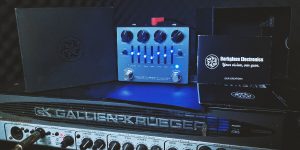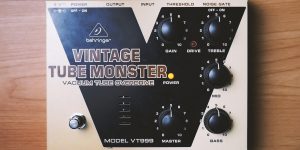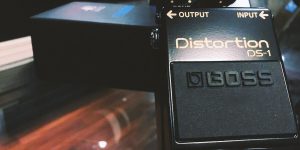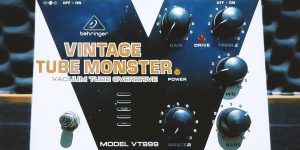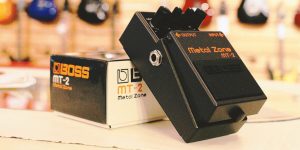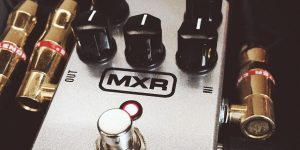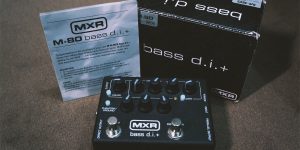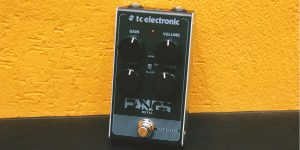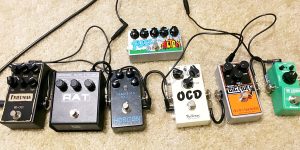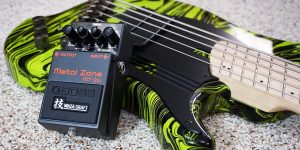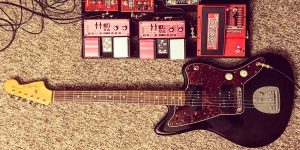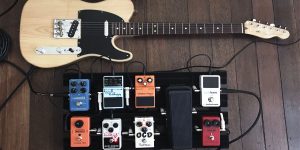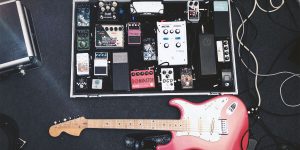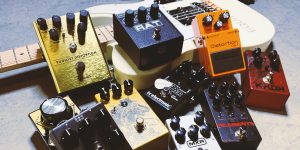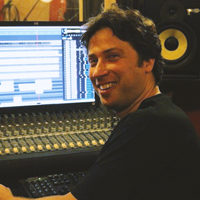When choosing between true bypass vs buffered bypass, it’s important to note that every guitar signal, whether traveling through a cable or pedal, undergoes some change. Understanding how these elements impact your guitar’s natural tone is key to achieving the purest sound.
Let’s unravel the nuances of these two bypass methods and determine which is most suitable for your setup!
What is a true bypass?
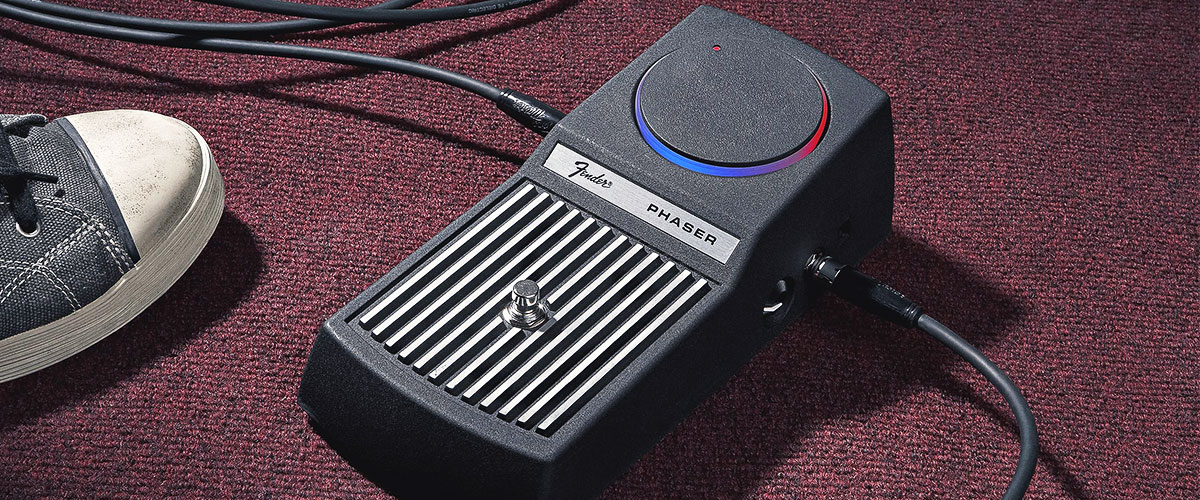
A true bypass pedal is designed to provide a direct, unaltered pathway for your guitar signal when the pedal is switched off. The principle behind this design is simple: when you’re not using the pedal’s effect, your guitar’s tone remains as pure as if the pedal wasn’t even in the chain.
Benefits
- Pure signal path: When the pedal is off, your signal remains untouched, ensuring the raw sound of your instrument is preserved.
- Consistent tone: You’ll experience no coloration or alteration to your original sound, which is especially beneficial if you love your guitar’s inherent tone.
- No signal loss: True bypass pedals prevent potential tone loss or degradation, which is especially vital in larger setups with multiple pedals.
Limitations
- Switch pop: Some true bypass pedals can produce a popping sound when switched on or off.
- Tone loss in longer cables: If you’re using a long cable run after a true bypass pedal, you might still experience high-end frequency loss.
- No “trails”: For effects like delay or reverb, when you bypass, the effect cuts off immediately, losing any natural decay or “trail” of the sound.
What is a buffered bypass?
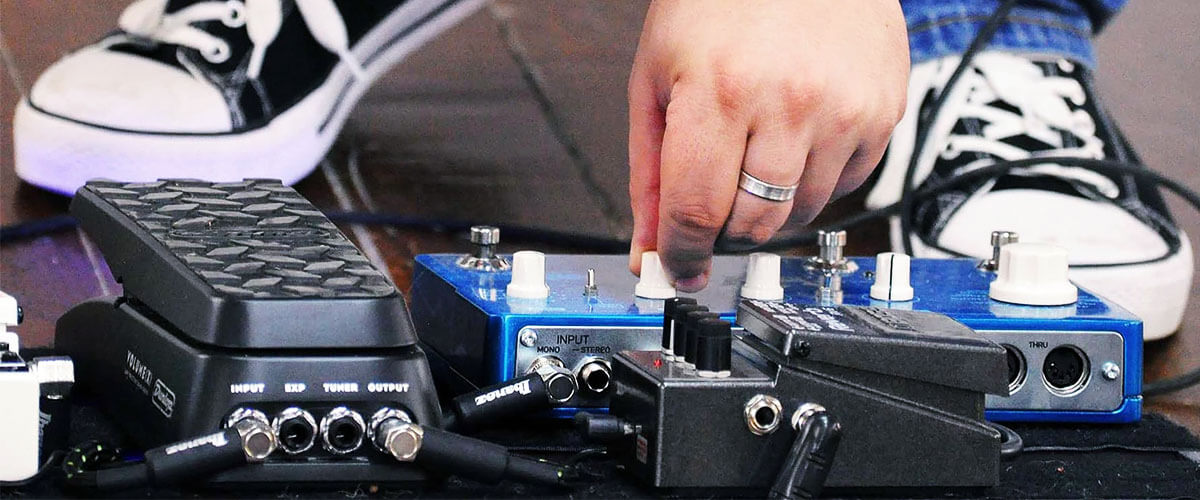
For me, buffered bypass is like a helpful guide in the world of guitar pedals. Instead of allowing the signal to travel straight through, as in true bypass, a buffered bypass pedal actively strengthens your signal. It ensures that even if you’re using long cables or multiple pedals, your guitar’s voice is heard loud and clear.
Benefits
- Consistent signal strength: One of my favorite standout features of a buffered bypass pedal is its ability to keep your signal robust. It’s especially useful when you have a lengthy setup with long cables or a series of pedals.
- Treble hold: Ever noticed your sound getting muddier the more gear you add? Buffered bypass pedals reduce the loss of those crisp high frequencies, so your guitar maintains clarity in longer signal chains.
Limitations
- Potential coloration: Not all buffers are created equal. While the concept is to maintain your signal, some poorly designed buffered bypass pedals might unintentionally alter or color your original guitar tone. I recommend choosing wisely and perhaps investing a little more in quality to ensure your tone remains pristine.
Situational analysis: when to use which?
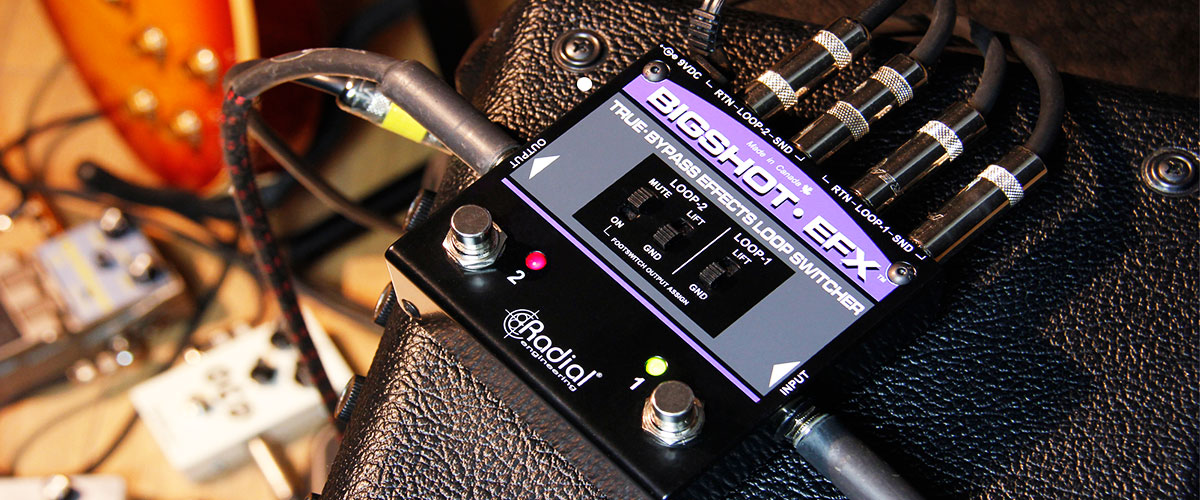
If you’re a guitarist who believes in the “less is more” philosophy and tends to lean on minimal equipment, then true bypass was made for you. Especially for intimate gigs or acoustic sessions, this ensures you retain that pristine guitar tone without any unnecessary alterations.
Got a myriad of pedals and extensive cables sprawled across your stage? In such cases, the distance and multiple devices can weaken or alter your signal. This is where buffered bypass comes into play. It ensures your guitar’s signal retains clarity and strength, even over those long cable runs and through numerous pedals.
Some of you might be thinking, “I’ve heard buffered pedals color the sound.” And you’re right! But here’s the catch – many guitarists, including myself, love that added color. Some buffers provide a certain warmth or enhanced richness to the tone, which can be just what a particular song or genre demands.
Can you have the benefits of both worlds?
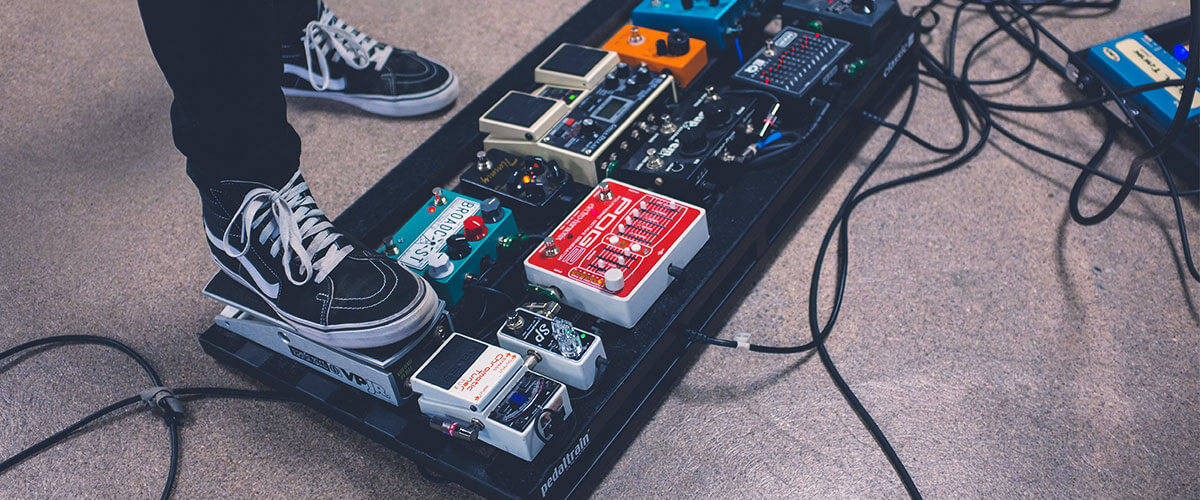
Over the years of tinkering with my pedalboard, I’ve discovered we don’t have to pick a side in the true bypass vs buffered bypass debate. You can indeed enjoy the finest of both worlds. Here’s how:
- Hybrid approach: In my setup, I’ve found that combining both true bypass and buffered bypass pedals offers versatility. Start with a true bypass pedal at the beginning to maintain your guitar’s natural sound. Follow with buffered bypass pedals, especially if you have a long signal chain or use long cables. This preserves your signal strength, reducing potential signal loss.
- Dedicated buffer pedals: A game-changer for me! These are self-contained units designed to boost your signal without adding unwanted coloration. I usually place one at the beginning of my chain to ensure a strong, consistent signal and another right at the end before my amp.
In practice, if you have a cherished vintage fuzz (true bypass) and a digital delay (buffered bypass), start with the fuzz, then place your buffer, and end with the delay. The fuzz maintains its character, while the buffer ensures the delay’s long cable run doesn’t sap your tone.
FAQ
What is signal degradation, and why should I care?
Signal degradation refers to losing or altering your guitar’s original tone as it travels through cables, pedals, and other gear. It can manifest as a loss in high frequencies, a drop in volume, or even added noise. Every guitarist should care because it directly affects your sound’s clarity, strength, and quality. Ensuring minimal signal degradation is important if you aim to maintain the integrity and authenticity of your guitar’s tone.
Do all pedals have either true bypass or buffered bypass?
Not necessarily. While most modern pedals feature either true bypass or buffered bypass, some older or cheaper models might not clearly advertise their bypass method. Additionally, pedals with “soft-switching” or “selectable bypass” allow users to choose between the two types. I always advise checking the specifications or consulting the manufacturer if in doubt.
Is there a difference in power consumption between true bypass and buffered bypass pedals?
Typically, buffered bypass pedals might consume slightly more power than true bypass pedals due to the active circuitry involved in buffering. However, the difference is usually minimal and often negligible in the context of a pedalboard’s overall power consumption. Always check the pedal’s power requirements to ensure you provide the right voltage and current.


